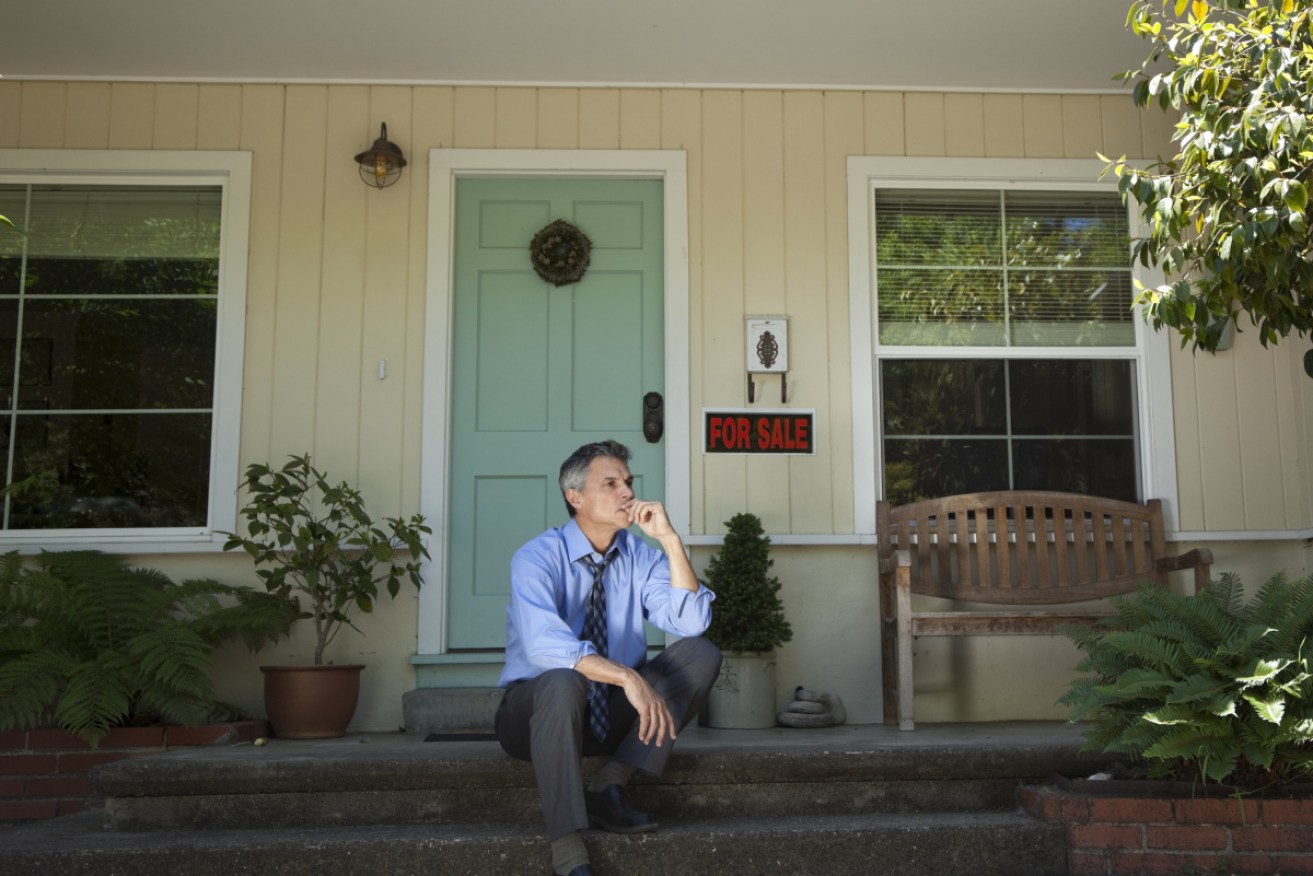Mortgage arrears highest since GFC. But no need for panic, economist says


Mortgage arrears are rising, but they're not so high that they will threaten financial stability: RBA. Photo: Getty
The number of home owners falling behind on their mortgages has risen to the highest level since the global financial crisis. And they may continue to rise, according to two just-released reports.
The Reserve Bank of Australia’s financial stability specialist Jonathan Kearns told a property industry summit on Tuesday that “housing arrears” had climbed to their highest level since 2010 – the fallout period from the global financial crisis – and may have some way to go yet, as slow wage growth, property price falls and rising unemployment begin to bite.
But Mr Kearns conceded that the current level is still well below that reached during the recession of the early 1990s. And Australia is also well below most other comparable, advanced economies.

While the number for arrears is low at about 1 per cent of all loans, Mr Kearns said the growth in the number of defaults was still a barometer of weaknesses in the economy.
“Several factors have been interacting to drive the rise in housing arrears. Economic conditions are undoubtedly part of the story,” he said.
“Weak income growth, housing price falls and rising unemployment in some areas have all contributed. But they have not acted alone …”
He said while the rates were not at a level that posed a “risk to financial stability” or would cause “great harm” to households, they were worth watching closely as they were likely to increase.
“… while the economic outlook remains reasonable and household income growth is expected to pick up, the influence of at least some other drivers may not reverse course sharply in the near future, and so the arrears rate could continue to edge higher for a bit longer.”
The expiry of interest-only loans, too, are a factor, with many of those plans converting to principal and interest loans in which borrowers have to make higher monthly repayments.
The RBA’s assessment came a day after investors’ service Moody’s reported the arrears rate for the March quarter had climbed to 1.58 per cent, up from 1.54 per cent in the December quarter and 1.48 per cent in March 2018, citing “record-high household debt levels”.
(The Moody’s figure is based on payments 30 days, or more, overdue, compared with 90-plus days for the RBA’s assessment.)
Moody’s noted that while it expected a rise in arrears, that rise would be moderate, and that mortgage “defaults and losses will stay low”.
“Over coming quarters, we expect Australia’s record-high household debt, which amounts to almost 200 per cent of annual gross disposable income, will contribute to a moderate increase in delinquencies.”
Accentuate the positive: Leading economist
While mortgage arrears may be an alarm bell, and there’s chatter in some circles about the prospect of Australia entering a recession, one senior economist says we need to calm down.
AMP Capital chief economist Shane Oliver has said while Australia’s growth may be “going through a rough patch” – and may do for a while – it’s not time to hit the panic button.
“There is a bunch of things going well for the Australian economy, and there is plenty of scope for more monetary and fiscal stimulus,” Dr Oliver said.
“So – barring a significant global downturn threatening our export earnings big time – recession is unlikely, and it would be wrong to get too gloomy on Australia.”
Mr Oliver said the positive factors were: The lower Australian dollar was helping to stabilise the economy; infrastructure spending was up; there had been no panic property selling; economic policy remained sensible; population growth remained strong; mining investment had bounced back; and with the federal budget almost back in surplus, there was still scope for extra fiscal stimulus.
And there are further interest rate cuts to come, he noted.
“While the official cash rate is at a record low of 1.25 per cent, it can still go lower and we think it will … Our view remains that the RBA will cut the cash rate to 0.5 per cent, beyond which it will probably conclude it’s of little benefit …”








